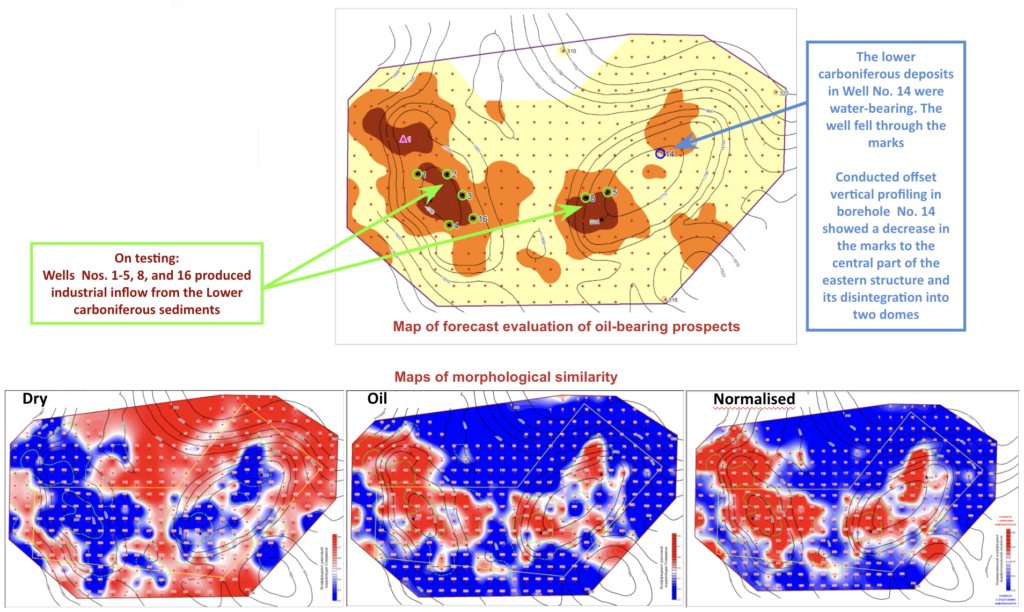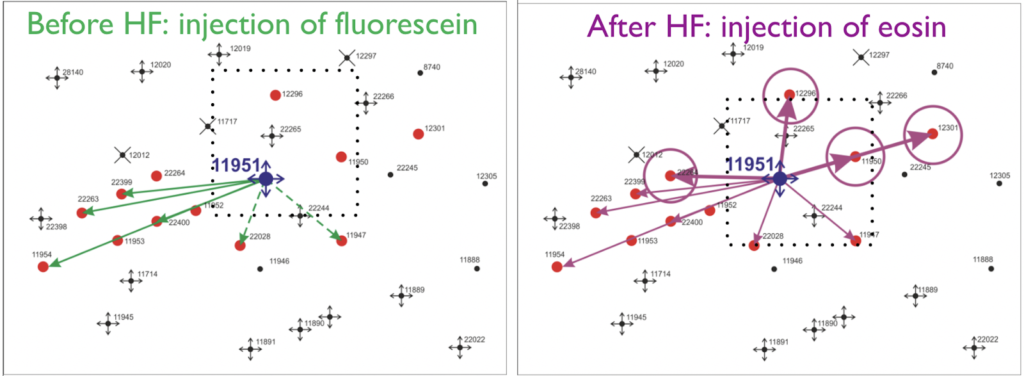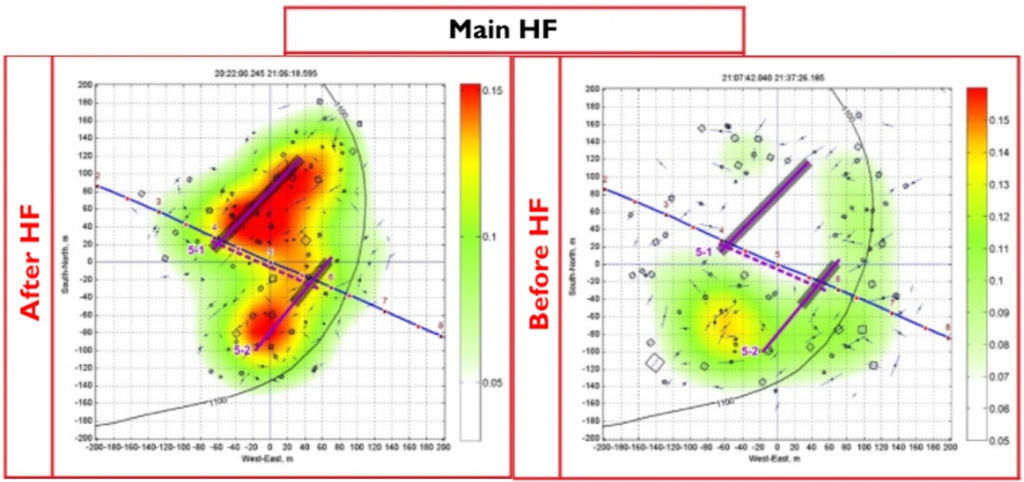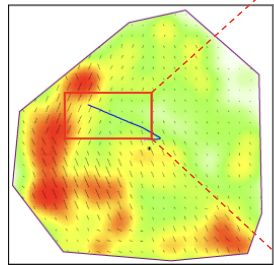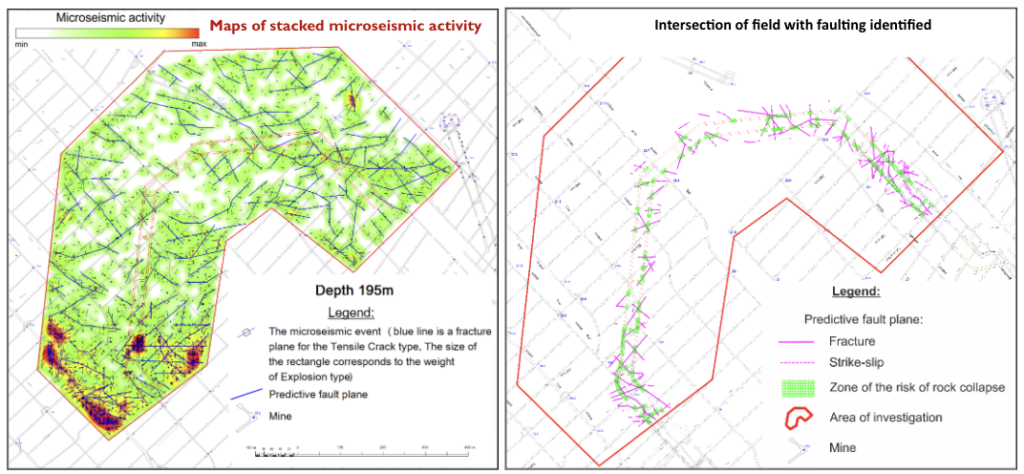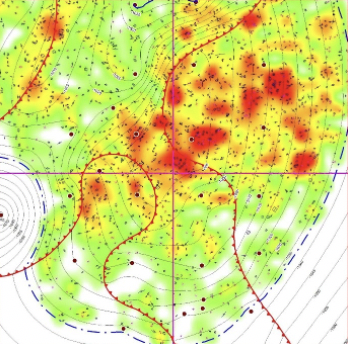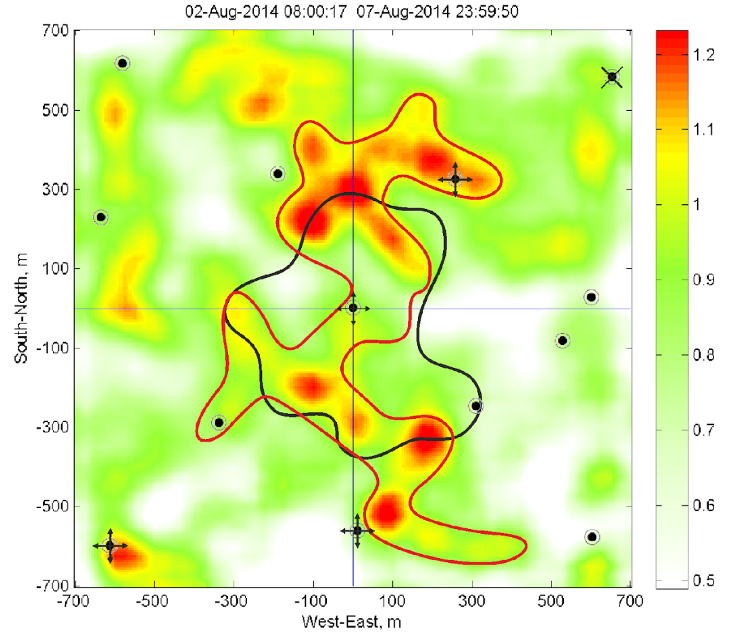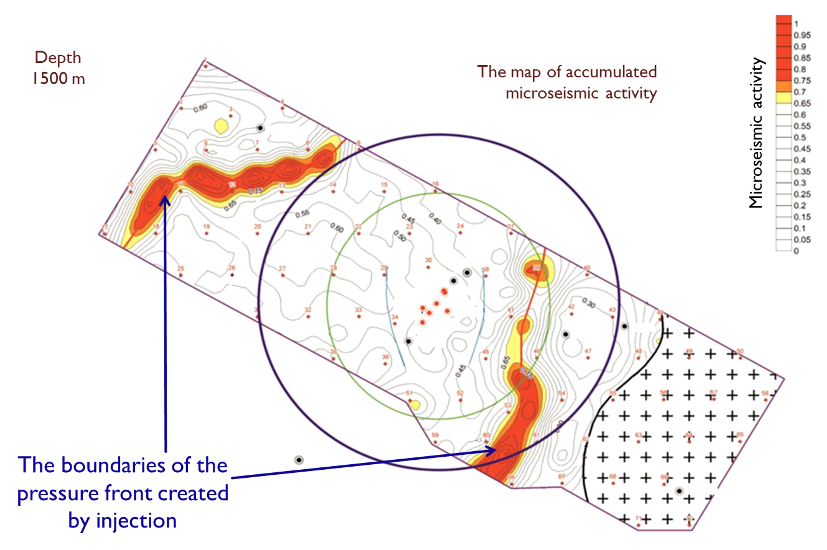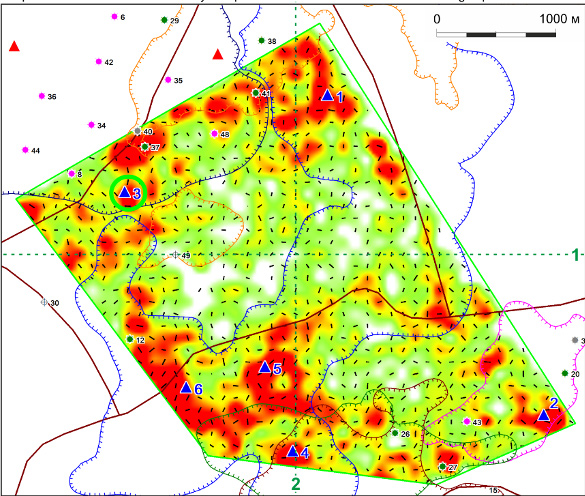We provide Full-Wave Location passive seismic services to determine and manage risks and opportunities associated with faults, fractures and fluid injection. Using technical expertise, advanced passive seismic methodology, sensory equipment, computer simulations and quantitative methods, we identify, evaluate and resolve your subsurface characterisation challenges.
What is FWL?
Theory
Monitoring of microseismic activity at the surface is a well-known technique in the seismic acquisition community. It is based on phased array antenna technology originally developed for use in military radars. The most common method applied to the technique is the diffraction stack method of seismic migration that uses the integral form of the wave equation. Typically, microseismic events can’t be identified on the raw data set due to the extremely low magnitude of the event. TenzorGEO uses highly sensitive, high grade sensors to detect seismic impulses which are several times lower than the level of surface noises.
The waveform of impulses which arrive at the sensor from a certain point in the geological medium are derived with the use of numerical simulation. The numerical simulation does not use any approximations or estimations, all the existing waves are absolutely determined (P, S, R and others). TenzorGEO locate seismic events based on a maximum likelihood method. This is a method of estimating the parameters of a statistical model and finding the parameter values that maximise the likelihood of making the observations in the specific setting, given the parameters. Solving the problem of locating microseismic events requires a very accurate model of the geological medium in question, however, a single 2D seismic velocity model does not present a sufficient and precise result. To counter this, TenzorGEO asks the operator to provide additional information, such as geological models with a specified standard of accuracy that incorporate data from structural seismic models, vertical seismic profiles (VSP) data and sonic logs.
The FWL and maximum likelihood method is based on the estimation of seismic tensor components. For this, it is necessary to have awareness of the ‘useful signal’ (simulated responses from deep source). A ‘useful signal’ is a full-wave process registered on three component sensors located at the surface. The responses are calculated by 3D numerical simulation of wave processes in viscoelastic media. The numerical model is created using information from structural maps and vertical seismic profile data.
The source of the Full-Wave Location process is the force applied to the nodes around the point of visualisation in directions determined by components of the seismic moment tensor. This approach is the optimum way to find and identify the type of event and offers further insight into the characteristics of the event in case a low signal-noise ratio is observed at the receiving channels.
Processing and interpretation
The data collected in the field must be processed, interpreted and presented in a user-friendly way. It is at this final stage that TenzorGEO can fully utilise the leverage of its extensive experience in geosciences, engineering and computer programming to provide an accurate report of the target area.
The main issue regarding microseismic monitoring is the high risk of contaminant noise interfering with the recording of data. This is derived from sources on the surface such as sea waves, passing ships, drilling equipment, etc. At TenzorGEO, we eliminate sources of noise during the data pre-processing stage using the optimisation method of quasi-harmonic noise filtering. Applying the method of maximum likelihood, signals with a high level of surface noise are automatically de-prioritised during the assessment of the most likely amplitude of microseismic event sources.
Processing and interpretation of FWL data includes the following steps:
- initial static and relief corrections
- identification of microseismic activity zones based on microseismic event source location
- production of maps and models displaying the development of microseismic activity zones in the target area
Application
Monitoring of fluid injection into reservoir
Natural fractures network mapping
CO2 Injection
Identification of anomalous objects in geological media
Fracture Mapping
Advantages
Advantages of Full-Wave Location technology:
- The technology requires no additional infrastructure such as wells and downhole sensors. Field surveys are conducted from the surface using highly sensitive broadband seismometers.
- 3-component event location using full form of wave process is carried out which contains all wave types.
- The processing method automatically filters contaminate noise out of assessment, increasing the reliability of results.
- Retrieving of seismic moment tensor and location of seismic events.
- The implementation of the maximum likelihood method allows microseismic events to be detected even when the signal / noise ratio at the receiving channels is equal to 1/100.
- Better prediction of fracture propagation pattern to inform engineers on the optimal well design and direction for appraisal, injection and production wells.
- Improved engineering and mechanical control of the reservoir to maximise hydraulic fracturing impact on the production.
- Better understanding of the fluid injection impact on the reservoir and precise determination of fluid migration paths.
- Drilling cost optimisation and reduction in the number of wells required, thus reduces the overhead a client is subject to.
Case Studies
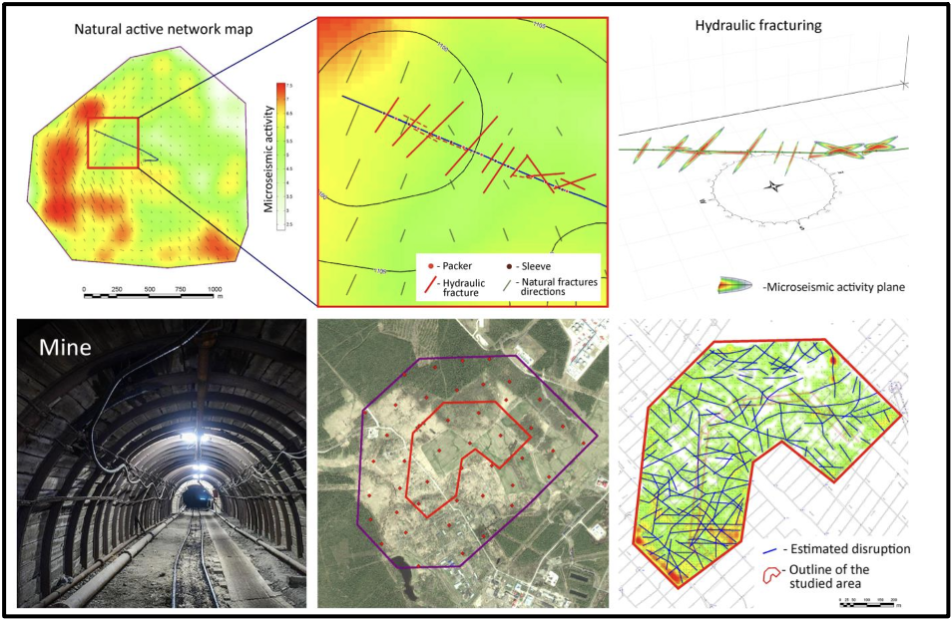
The images above show the results of a natural active fracture network mapping study within a mine. Knowledge of active fracturing can be used to predict the risks of collapses during operations. As microseismic events occur mostly on pre-existing fractures or faults, the computation of their location provides a way of delineating active faults. The results above show both the identification of fractures as well as their respective directions
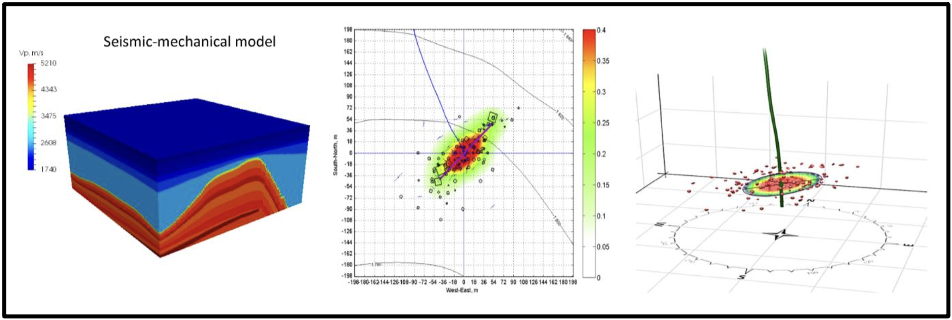
The model and graphs above show the results from a monitoring operation in an area utilising hydraulic fracturing for the purpose of enhancing hydrocarbon production. The analysis of microseismic events originated from hydraulic fracturing was able to denote the events location and pinpoint the seismic moment sensor, making it possible to identify the directions of fracture propagation


